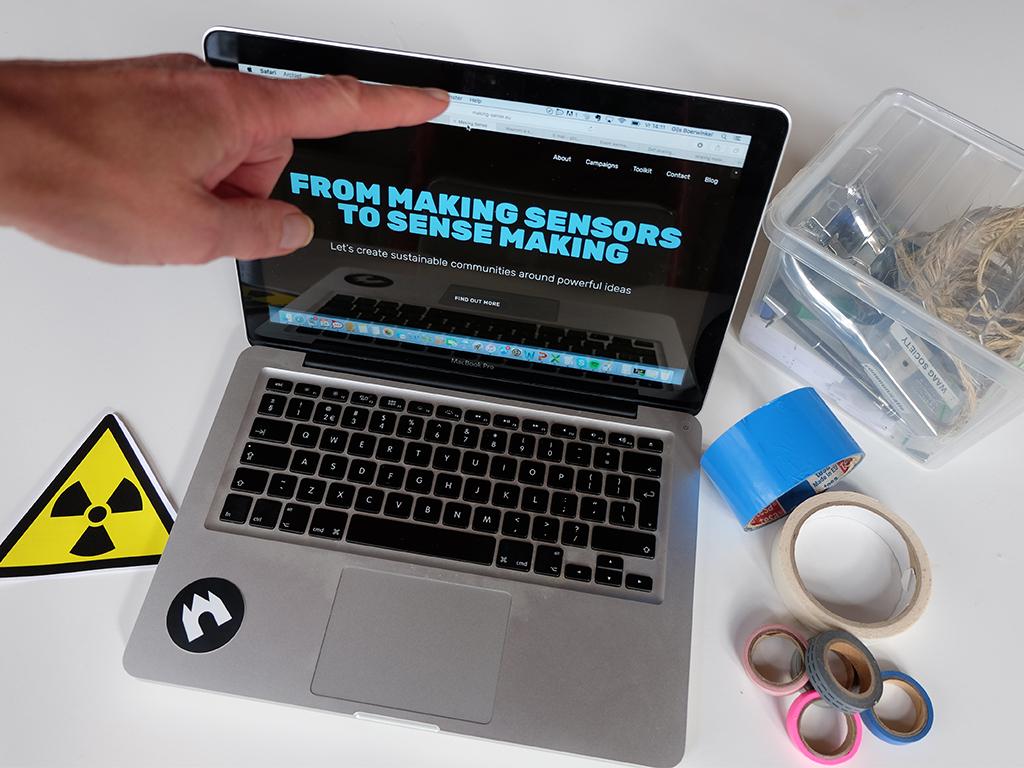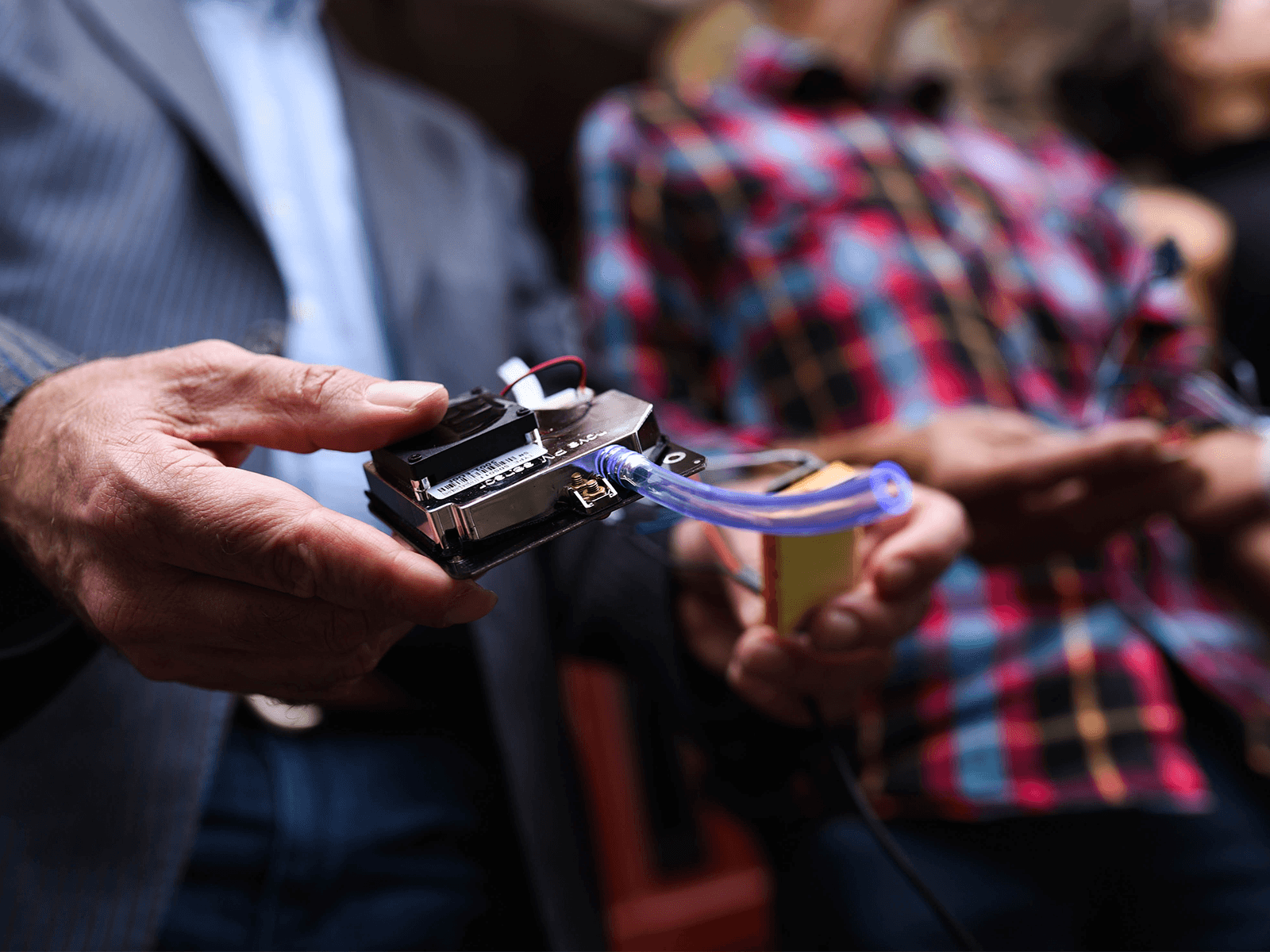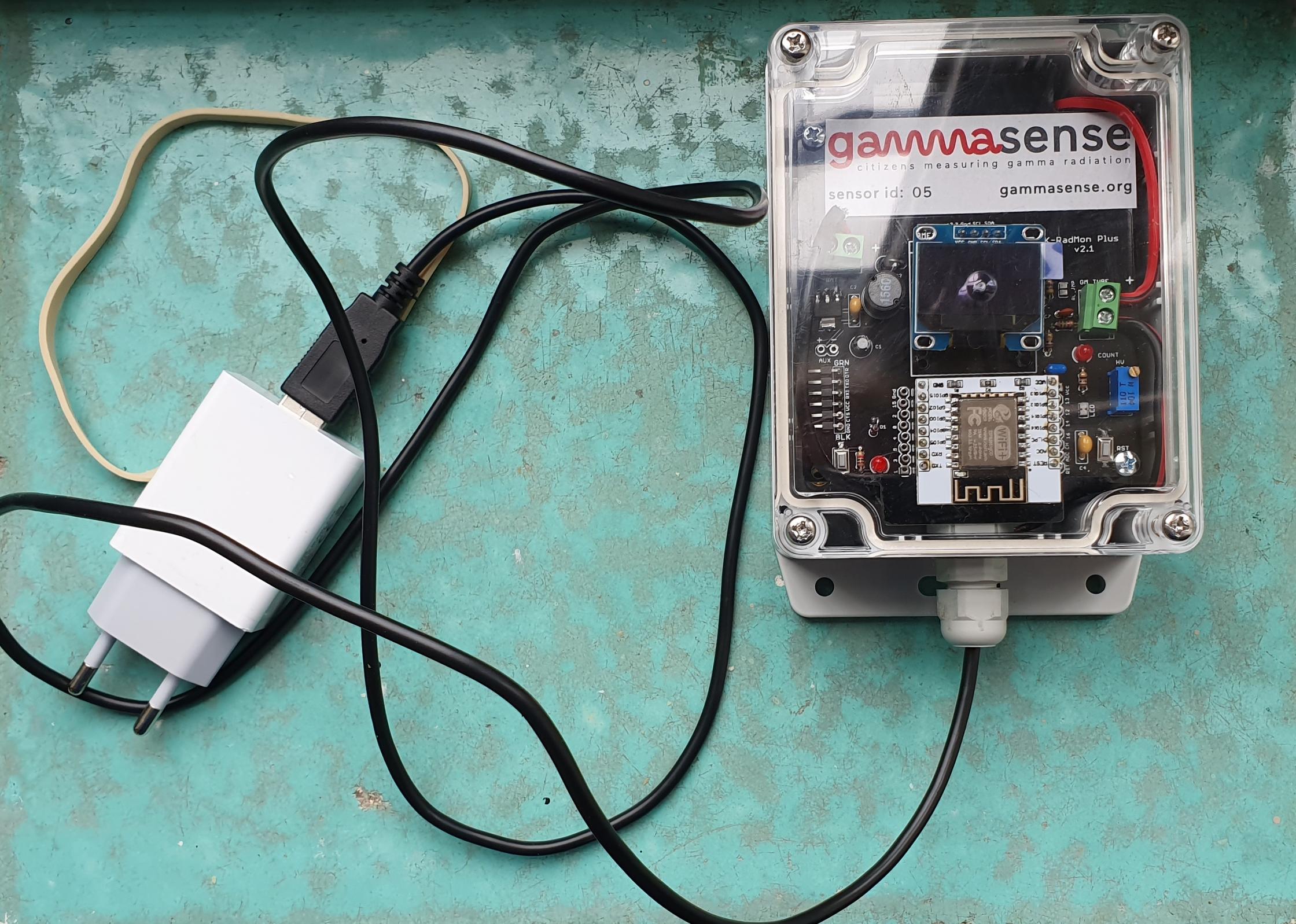In this Smart Citizens MeetUp we want to develop a tool that measures gamma radiation, using your webcam (laptop) or camera (phone) in a web-based application. We have some work done, that we like to show, but we would love your input and ideas on further development as well!
Are you a creative coder, web developer, concerned citizen or critical user? Join us!
Programme:
- 18:00-18:30: doors open, DIY dinner (bring your own food)
- 18:30 opening by Ivonne Jansen-Dings about community-based sensing (Making Sense)
- 18:45 presentation of the Making sense of gamma radiation project by René Post
- 19:00 demonstration of the tool by Nathan ter Bliek
- 19:15 Beers + the floor is yours for input on code, usability and other ideas!
The main question: how do we get from a webcam image to a gamma radiation count?
Background information
Since the seventies, there have been widespread concerns about the potential health risks nuclear power plants. When the power plant at Tsernobyl exploded in 1986, it was a Swedish monitoring network that alerted Europe about the disaster, so protective measures could be taken.
In 2011 the nuclear disaster in Fukushima made clear, that although a lot of technology has become available in the meantime, from that fact it does not necessarily follow that citizens have the tools or means to get objective information available when they (most) need it.
Governments often struggle with the issue of openness whenever calamities occur. When in the aftermath of Fukushima the Safecast DIY geiger-teller units were developed and deployed together with local communities, it was actually the government that was informed, together with the general public.
While this project is without a doubt a big leap in the direction of openness, Safecast's bGeigie-counter still cost USD 600 (as a kit) to USD $1.500 (fully assembled), which could prove an obstacle for a fast roll-out. Apart from the price-tag, every time that an incident happens, people want to be informed right away, since the first 24 hours are the most important. So what ready-available technology have we got already in our homes that could empower us today?
In the last few years, a new idea has been buzzing around: technically it is very well possible to use devices with a CCD or CMOS-based camera as gamma-detectors. Research from ANSTO showed a lineair connection between the amount of gamma radiation and the number of white spots and streaks that appear in images taken by camera's that are blinded by black tape.
This technology is implemented in several apps that are developed for smartphones. The gathered data is not available openly, and the app-approach makes the setup not really future-proof. The aim of the gamma-radiation project, is to develop an emergency-infrastructure that can be deployed within minutes, by activating your (covered) webcam from a webpage.
The subject of this meet up is to get together with a group of people who are interested in programming, citizen empowerment, nuclear monitoring, digital photography so we can enhance the algorithm we use to calculate a CPM (Counts per minute) from a video-stream.
This MeetUp is part of the Making Sense project. This is a European project that empowers citizen science. In this project, citizens that live in the vicinity of nuclear power plants, together with scientists, experts and developers will develop a website-tool that makes it possible turn your smartphone or laptop into a gamma-radiation detector.


